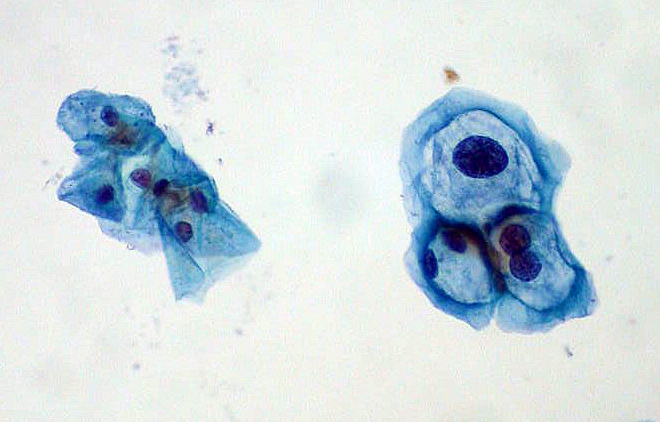ICD-9 2011 Diagnosis Coding: New Ectasia Codes Come Oct. 1
 Check out V13.65 for corrected congenital heart malformations.
Check out V13.65 for corrected congenital heart malformations.
Each October you’re faced with new ICD-9 codes to add to your diagnosis arsenal. 2011 is no exception, with new ectasia, congenital malformation, and body mass index (BMI) codes you’ll need to learn. Take a look at the proposed changes that will affect your cardiology practice, so that you’re ready when fall rolls around.
End Your Ectasia Hunt at 447.7x
The proposed changes to ICD-9 2011 add four codes specific to aortic ectasia, which could be among the most significant changes for cardiology coders.
“Ectasia” means dilation or enlargement, and aortic ectasia often refers to an enlargement that is milder than an aneurysm. But ICD-9 2010 does not distinguish ectasia from aneurysm, linking aortic ectasia to 441.9 (Aortic aneurysm of unspecified site without mention of rupture) and 441.5 (Aortic aneurysm of unspecified site, ruptured).
The proposed 2011 codes are specific to aortic ectasia and are based on anatomic site:
- 447.70 — Aortic ectasia, unspecified site
- 447.71 — Thoracic aortic ectasia
- 447.72 — Abdominal aortic ectasia
- 447.73 — Thoracoabdominal aortic ectasia.
New Corrected Congenital Malformations Code
A number of new codes deal with congenital malformations of the heart and circulatory system. Code V13.65 (Personal history of [corrected] congenital malformations of heart and circulatory system) will be “very useful to our practice,” says Janel C. Peterson, CPC, with Alegent Health Clinic Heart and Vascular Specialists in Omaha, Neb.
Add BMI V Codes to Your E/M Arsenal
The ICD-9 proposal has “expanded the body mass index (BMI) codes to demonstrate higher BMIs with five new codes,” notes Barbara J. Cobuzzi, MBA, CPC, CPC-H, CPC-P, CENTC, CHCC, with CRN Healthcare Solutions in Tinton Falls, N.J.
You’ll need to stop using V85.4 (Body Mass Index 40 and over, adult) on Oct. 1 and start...

 When a patient returns to your office for a repeat Pap smear, you’ve got to weigh your options of E/M and specimen handling codes, as well as diagnosis codes. Take this challenge to see how you fare and prevent payment from slipping through your fingers.
When a patient returns to your office for a repeat Pap smear, you’ve got to weigh your options of E/M and specimen handling codes, as well as diagnosis codes. Take this challenge to see how you fare and prevent payment from slipping through your fingers. Say goodbye to form 4010A1 for ICD codes as well, starting in 2012.
Say goodbye to form 4010A1 for ICD codes as well, starting in 2012.





